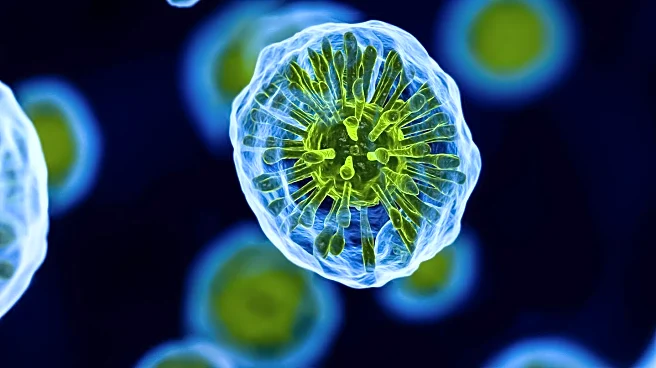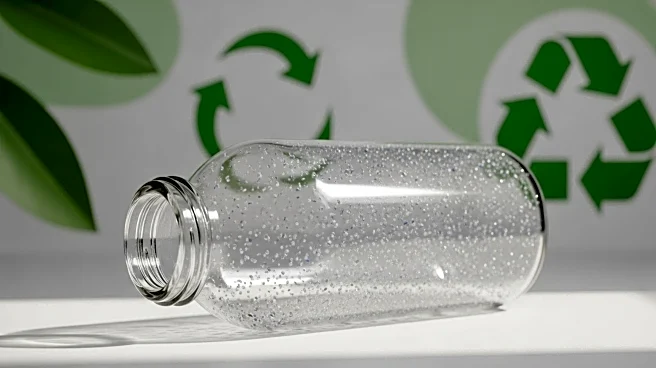What's Happening?
A study conducted in Italy has discovered microplastics in more than 50% of plaques from clogged arteries, raising concerns about their impact on cardiovascular health. Researchers found polyethylene and polyvinyl chloride (PVC) in fatty deposits removed from patients during surgeries to open clogged arteries. The study followed 257 patients for 34 months, revealing that those with microplastics in their plaques were significantly more likely to experience strokes, heart attacks, or death compared to those without detectable microplastics. The presence of microplastics was confirmed using advanced techniques like pyrolysis-gas chromatography-mass spectrometry and stable isotopes analysis. The study suggests a potential link between microplastics exposure and increased cardiovascular risk, although it acknowledges the need for further research to establish causation.
Why It's Important?
The findings highlight the pervasive nature of microplastics and their potential health risks, particularly concerning cardiovascular disease. As plastic production continues to rise, understanding its impact on human health becomes increasingly crucial. The study raises questions about the long-term effects of microplastics exposure and the need for strategies to reduce environmental and occupational exposure. The association between microplastics and cardiovascular issues could lead to changes in public health policies and regulations regarding plastic use and disposal. Additionally, the research underscores the importance of further studies to explore the mechanisms by which microplastics may affect human health.
Beyond the Headlines
The discovery of microplastics in arterial plaques opens discussions on the broader implications of plastic pollution on human health. It raises ethical concerns about the responsibility of industries in managing plastic waste and the need for sustainable practices. The study may prompt a reevaluation of environmental policies and encourage innovation in biodegradable materials. Furthermore, it highlights the interconnectedness of environmental and human health, emphasizing the need for interdisciplinary approaches to tackle pollution and its effects.











